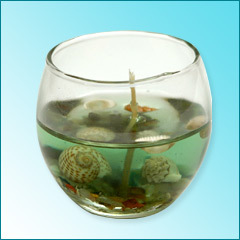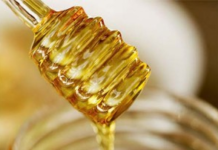
 I received an email from a man who said his favorite waxes were beeswax, palm wax, soy wax, and gel wax. I went back and forth with him a bit, challenging him about the safety of gel wax. He really likes it because he says it burns much more cleanly than paraffin. Yet the question remained: are gel candles safe?
I received an email from a man who said his favorite waxes were beeswax, palm wax, soy wax, and gel wax. I went back and forth with him a bit, challenging him about the safety of gel wax. He really likes it because he says it burns much more cleanly than paraffin. Yet the question remained: are gel candles safe?
Plastic Fumes
Commercial gel wax is made from white mineral oil, gellants, and butylated hydroxy toluene (BHT). This gel wax is not hazardous according to Occupational Safety and Health Administration (OSHA), but according to the Skin Deep database, mineral oil and BHT, are. “Gellants” is too generic a description to ascertain the material, although I surmise it is most likely a plastic. Burning plastic is very toxic, and the gellants would be highly suspect of being endocrine disruptors. From an environmental health perspective, heated plastic fumes are one of the last things you would want in your home.
My email friend made his own gel wax using mineral oil and CP9000 thermoplastic resin powder. I’ve found such gel wax recipe all over the Internet. The more I learned the more worried I became, because he makes the gel wax himself melting mineral oil and CP9000 thermoplastic resin powder together at a high heat. What is a thermoplastic resin? Any material, such as plastic polyethylene, that softens when heated, and hardens when cooled. These ingredients result in a chemical soup that spells disaster for indoor air quality, both in the making and the use of gel wax candles.
I’d stick to beeswax!
By Annie B. Bond, the best-selling and award-winning author of five healthy/green living books, including Better Basics for the Home (Three Rivers Press, 1999), Home Enlightenment, Clean & Green (1990), and most recently True Food (National Geographic, 2010 and winner of Gourmand Awards Best Health and Nutrition Cookbook in the World). She has authored literally thousands of articles and was named “the foremost expert on green living” by Body & Soul magazine (2009).



